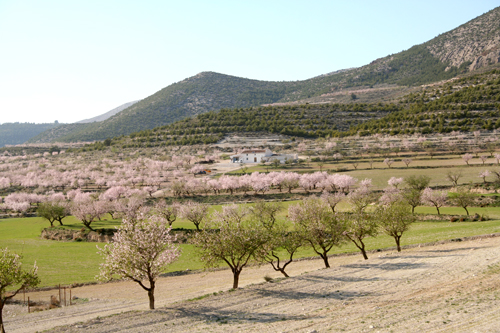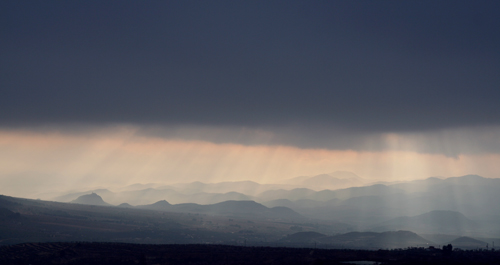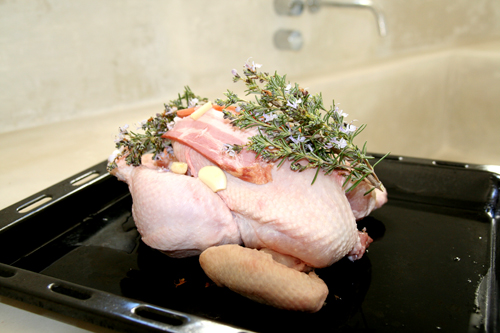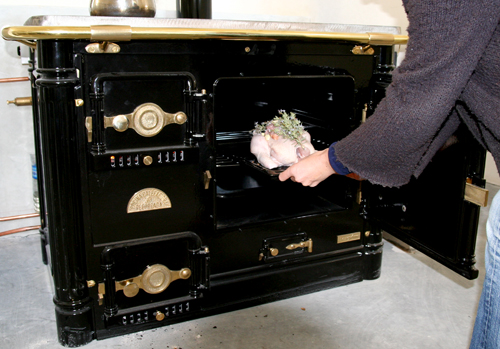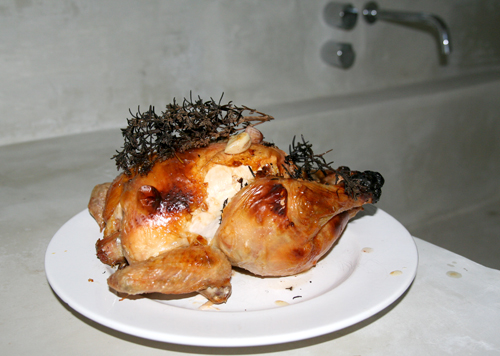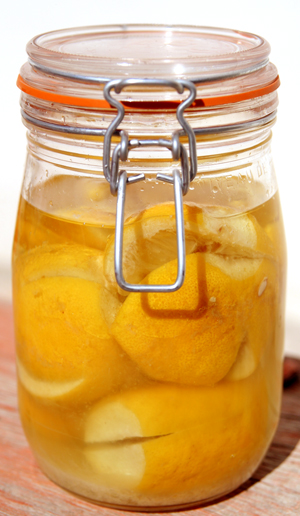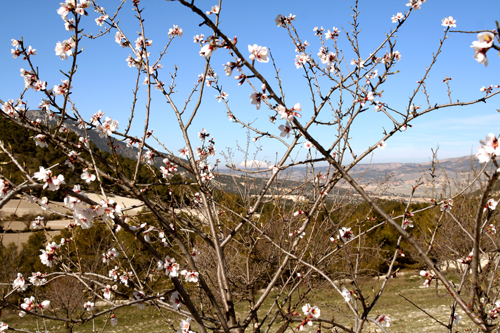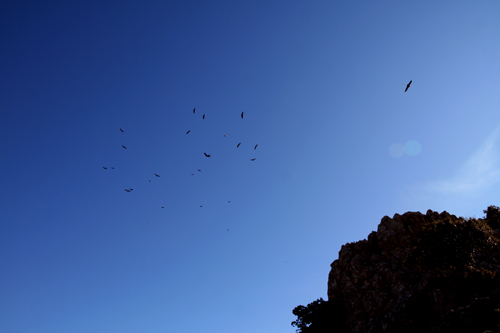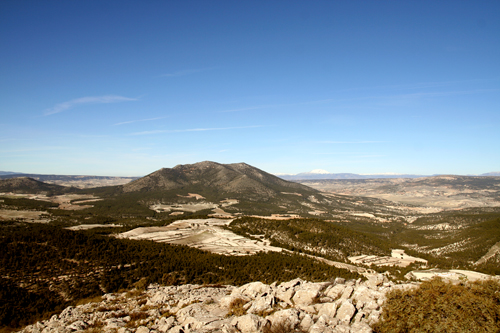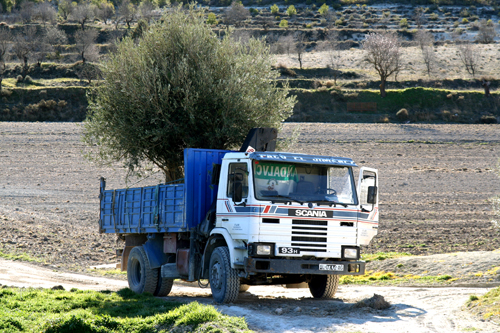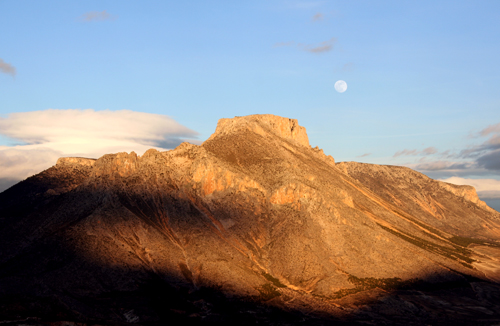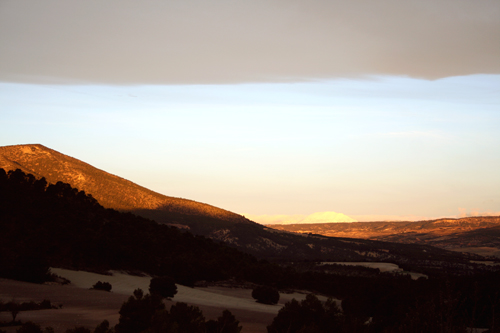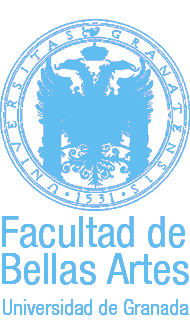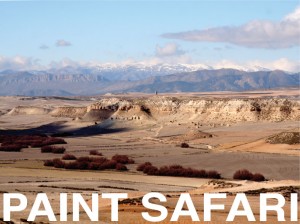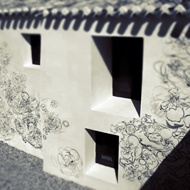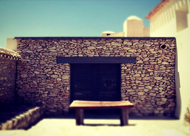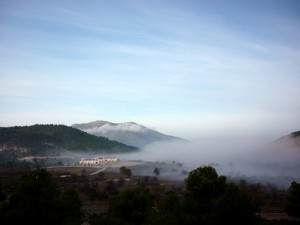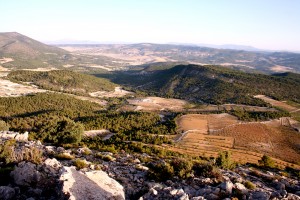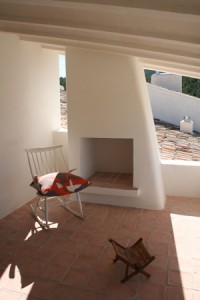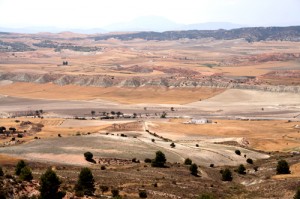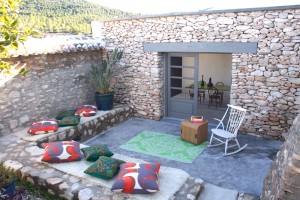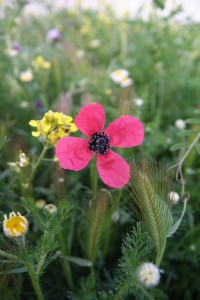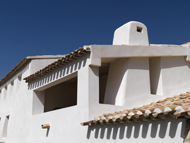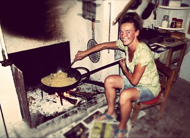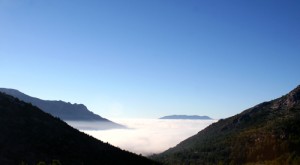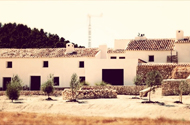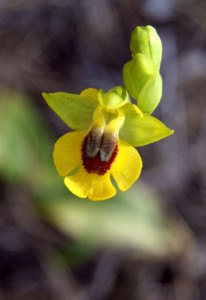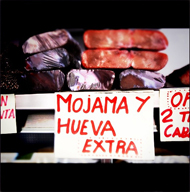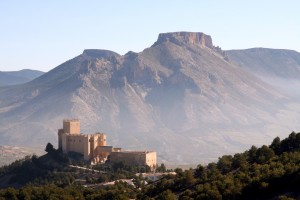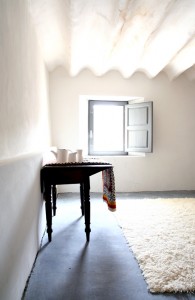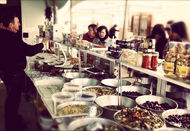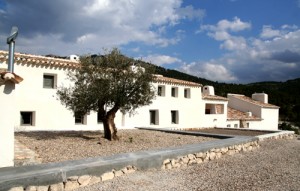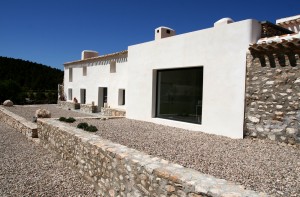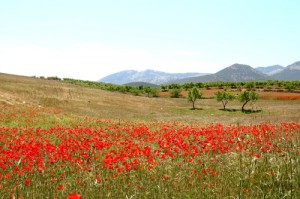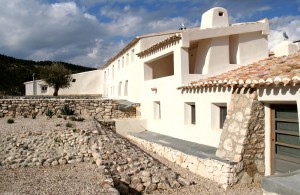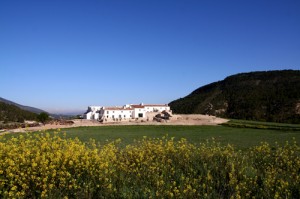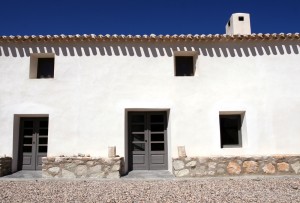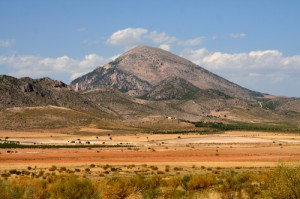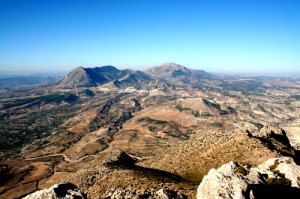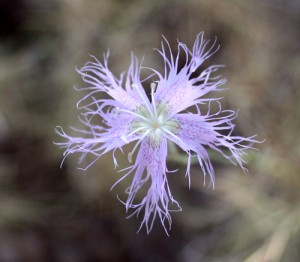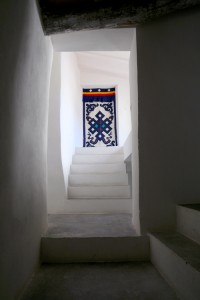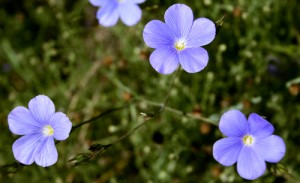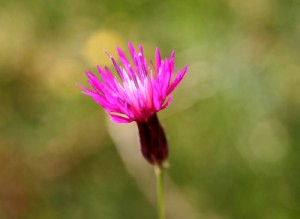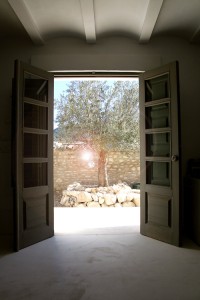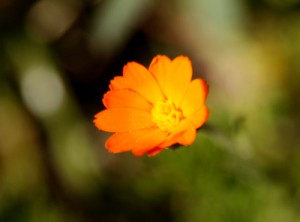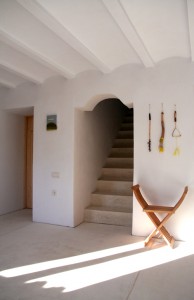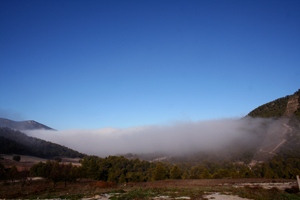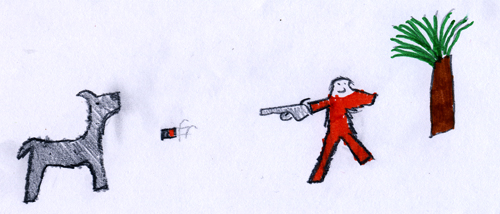
The province of Asturias in northern Spain has ordered the culling of the protected Iberian Wolf. Canis lupus signatus is a sub-species of the Grey wolf and although much the same as the Grey it differs by having a smaller frame and dark marks to it’s tail and front legs, hence the name signatus.
The culling is an attempt to stop the ‘out of control’ attacks upon livestock in the area. They have also permitted poisoning too which seems to me to be a rather arbritary and cruel approach to the problem. So far this culling has resulted in a known 50 deaths per year to a species that has climbed from numbering around 200 in 1970 to 3000 today. Experts in the field tell us that culling the animal to this extent could bring about population collapse.
Apparently the order to cull comes into effect when up to 1% of livestock is proven to be killed by wolves. Last year up to 7% of livestock were predated by wild animals and in part the wolf was one of the culprits. But only one of the culprits.
The original practice of culling in Spain and Portugal started in the 1950′s typically under far right regimes who were morally and spiritually tied to the ‘old world’. The populations were decimated principally leaving small packs north of the Duro and in Asturias.
However, if UNESCO, and other international heritage groups, are all agreed that the dualism of ‘nature’ and ‘culture’ in respect of the preservation of the environment is a vital key to understanding and preserving the balance and order of the natural world then surely the wolf is a vital part of this dualism.
More controversially I might add that 7% predation to livestock, especially sheep and goats seems a small price to pay. ‘Ahh but not for the poor goat herder practicing his indigenous rights to graze sheep’, you say. But think about it, Spain is not Bhutan. The modern goat herder in Spain is not culturally and spiritually bonded to animal husbandry any more than he is bonded to doing the national lottery. His pyche is that of a modern European, his concern for his livestock is motivated by finance not the appeasement of some god living in the Picos de Europa. To put it another way let’s look at Israel. ‘Greening’ the desert was an idealistic concept from the 50′s whose roots were deeply grounded in the notion of a nation state. As a consequence they have a green productive desert that consumes 45% of the dwindling and precious water supply and produces 2% of GDP. It has no balance, it is a dysfunctional system whose motivation to persist is political not environmental. What I argue is that Spain and Europe needs a more rational and balanced concept of ‘land management’ that considers the well being of all the biodiversity in the area.
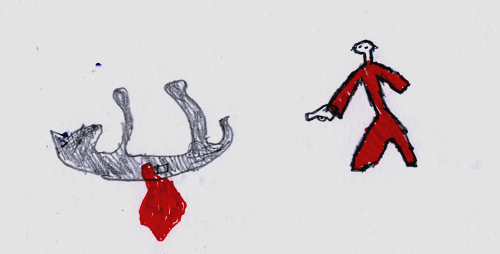
Just as the people of Asturias resisted the conquest of Spain by the Moors so too should we allow the wolf to resist the conquest of it’s remaining territory by those whose minds are narrow and unable to conceive a broader picture. The wolf is a part of this country’s cultural history and the wolf’s right to exist should be justified culturally. The myths surrounding the wolf and it’s ‘pack animal’ predatory manner should be the justification in ‘cultural’ terms for it’s continued survival.
Cynically, I wonder how much the lobby of the hunters here contributes to the existing state of affairs. There is still a large percentage of people here who like to hunt for sport not for neccessity. They should be warned.
Amaranthus was a hunter on the island of Euboea, a son of King Abas. He was loved by the goddess Artemis and he joined her in a hunt. However, he insulted Poseidon as worthless, claiming that the bounty of the hunt was superior to that of the sea. For this Poseidon sent a giant wave which washed him to the sea and drowned him.
Whilst this maelstrom of political lobbyists, farmers and hunters battle out their conceived rights we should be considering the value of the greater aspects of our environment, aspects to which we cannot yet recognise the value.
